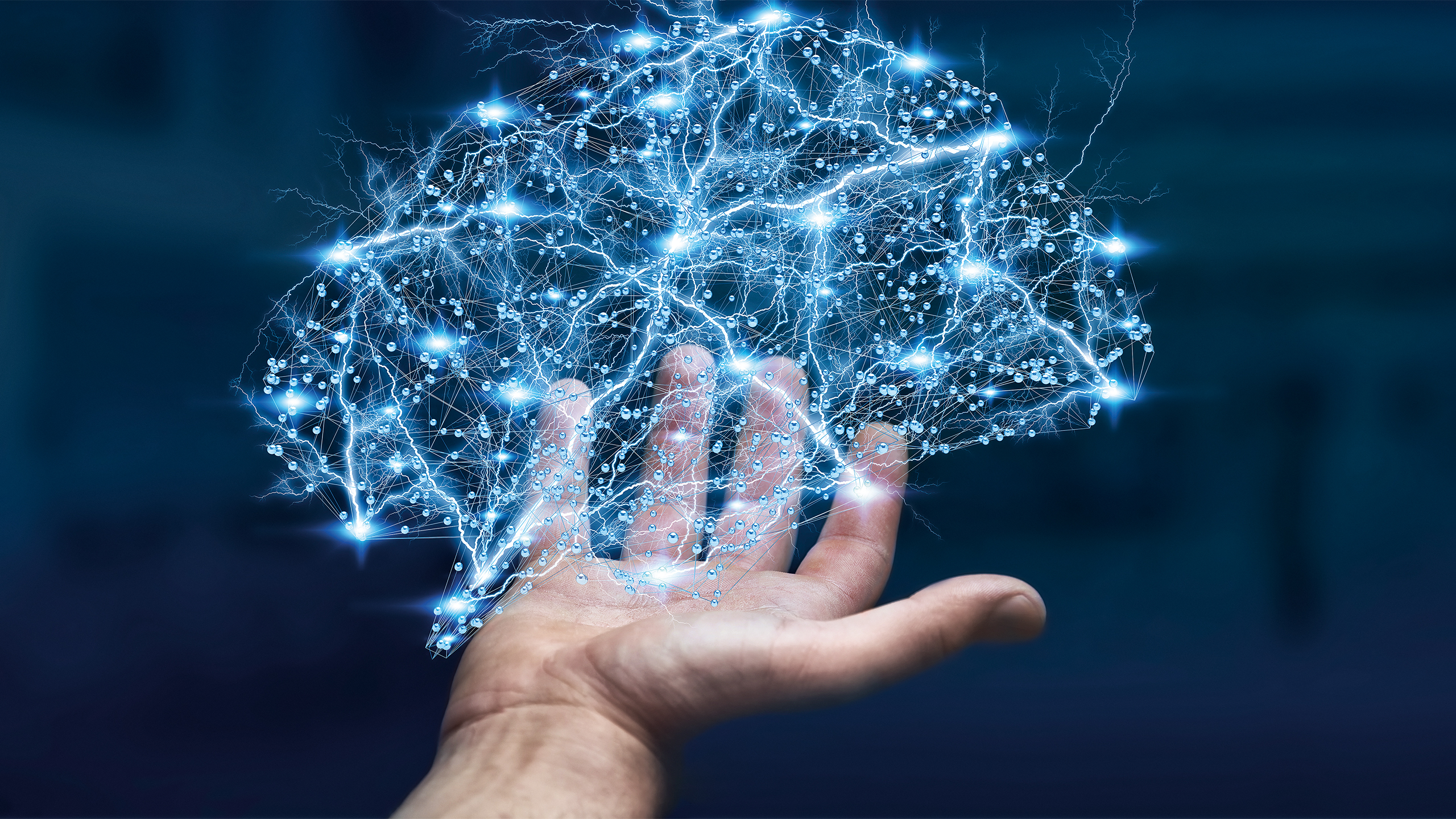Artificial Intelligence in Analyzing Field Data
Algorithms classify repair shop reports at IAV – quickly and with extreme precision
Feedback from repair shops provides important help in locating and rectifying problems in vehicles early on. Evaluating texts, however, is laborious and time-consuming. This will, however, be a thing of the past because with the help of artificial intelligence, repair shop reports are meanwhile analyzed by computers at IAV. Automatic text classification not only saves time – it has no problem coping with different languages and delivers results that are transparent and reproducible.
When a driver comes to the garage with a problem, the technician records the fault and enters it into a computer. These repair shop reports are collected at the OEMs and analyzed by a task force to identify problems (Faulty parts? Country-specific problem?) and rectify them as quickly as possible. This sounds easier than it is: “Staff in the repair shops don’t simply check a box in an electronic form but enter free text into a text box”, explains Danny Vanis, IAV expert in field data analysis. “This means that everyone expresses the same problem a little differently.”
As a result, widely differing descriptions are provided for one and the same situation, such as “losing oil” and “had to top up oil”. So far, human beings have been responsible for sifting through thousands of reports a week while at the same time interpreting them and matching them up to specific, defined fault classes.

No problem with foreign languages and character sets
This is enough work in German or English, but it gets even more complicated when other and less common languages and character sets are involved, such as Japanese or Chinese. After all, the majority of reports is not worded in German, and the percentage of other languages – above all from Asia – is growing all the time. For computers, none of this is a problem if algorithms previously trained to assign texts in various languages to given fault classes run on them for automatic text classification.
This is precisely the approach pursued in a customer project by Danny Vanis and his colleague Marcel Klaumünzer who work on artificial intelligence in IAV’s Digital Lab. First, they prepare the texts by removing stop words such as “and” or “but”. An AI algorithm then searches for patterns and similarities to classify the fault reports. “We have examined various options, such as neural networks, decision trees and support vector machines”, Klaumünzer reports. “In the end, we have opted for support vector machines because they provide the best level of conformity of well over 90 percent”.
Transparent and reproducible results
But even the best algorithms are not perfect which is why IAV’s experts always validate the results. This takes very little effort, noticeably less than a manual analysis. It is sufficient to look at the quality of each classification which the algorithm also delivers. If it falls below a given threshold level – e.g. 95 percent – a human being post-edits the “problem case”. Vanis and Klaumünzer also train their model once a week with new reports, constantly improving it. Automatic classification not only saves time – it also leads to a better quality of evaluation because it involves no subjective influences and the result becomes transparent and reproducible.
At the moment, manufacturers are still specifying the classes the algorithm assigns the repair shop reports to. In theory, this could also be done by the computer. And the use of AI could be extended further: using an association analysis, relationships could be identified automatically, i.e. establishing the causes of problems. Use of the classifier is not restricted to information from the repair shops either. “We could, for example, also use this algorithm in knowledge management for classifying e-mails, calendar entries or technical articles”, Klaumünzer says. “Then, AI would decide which category best fits a specific text.”
Terms in Artificial Intelligence
Neural networks
Neural networks relate to the network of neurons in the human brain. This provides an analogy and inspiration for artificial neural networks simulated in computers. Neural networks can be used for resolving specific application problems from areas such as statistics, economic science, engineering and many others.
Decision trees
Decision trees can be used for mapping the structure of a multistage decision-making problem. The nodes characterize the decision results and the paths alternative decisions. Decision-tree methods are “white-box methods” as the paths in the decision tree keep each decision transparent.
Support vector machines
Mathematical method for classification and regression. Central to this is the construction of a hyper-plane in the multi-dimensional space which separates two classes from one another.


